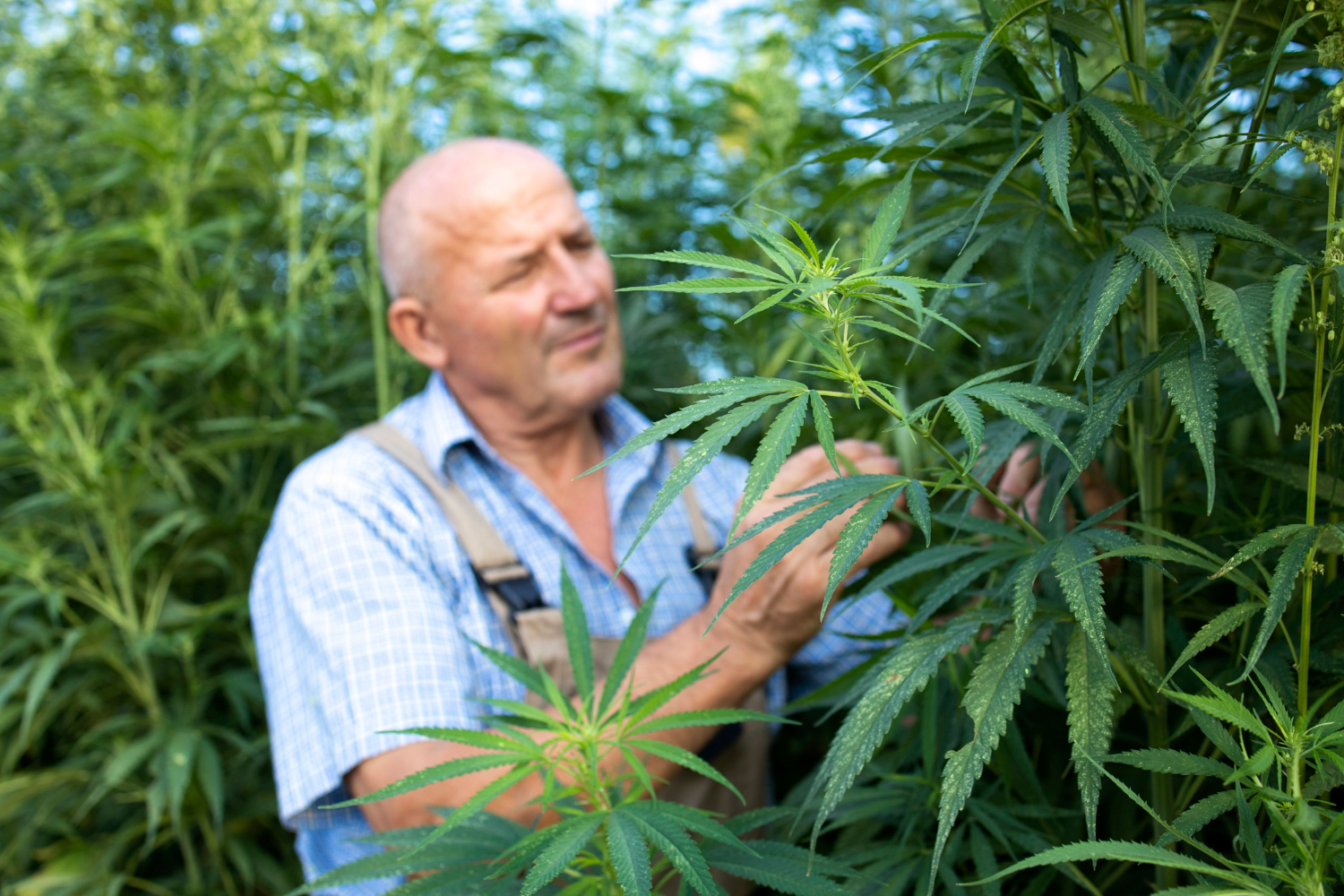In 2025, outdoor cannabis cultivation in Australia and beyond is seeing a renewed focus on soil health as the foundation for strong, high-yielding plants. Proper soil preparation not only supports vigorous growth but also enhances cannabinoid and terpene production, leading to better quality harvests. Cannabis thrives in well-aerated, nutrient-rich soil with balanced pH and good drainage, conditions that are rarely met in native soil without some improvement. Preparing the ground before planting ensures roots can expand easily, water flows evenly, and plants have consistent access to the nutrients they need. By enriching the soil with organic matter, adjusting its texture, and balancing essential minerals, growers can create an ideal growing environment that sustains plants from seedling stage through to harvest.
Assessing and Testing Soil

The first step in preparing soil for outdoor cannabis is to assess its current condition. Soil type—whether sandy, clay-heavy, or loamy—affects drainage, nutrient retention, and root development. Sandy soils drain quickly but may lack nutrients, while clay soils retain water but can suffocate roots if compacted. A loamy mix, which balances these properties, is ideal. Conducting a soil test before planting provides vital information about pH levels and nutrient composition. Cannabis generally prefers a slightly acidic to neutral pH, between 6.0 and 7.0. Testing also reveals deficiencies or excesses in nitrogen, phosphorus, potassium, and other key minerals. Armed with this data, growers can make targeted amendments to improve fertility and structure before planting begins.
Enriching with Organic Matter
Adding organic matter is one of the most effective ways to improve soil for cannabis cultivation. Compost, worm castings, and well-rotted manure boost nutrient content while promoting beneficial microbial life that supports healthy root systems. These amendments also improve soil structure, helping sandy soils retain moisture and clay soils drain more effectively. A layer of 5–10 centimetres of compost worked into the topsoil a few weeks before planting ensures nutrients are available when young plants start growing. For growers aiming for long-term soil health, incorporating cover crops such as clover or alfalfa in the off-season can replenish nitrogen naturally and improve overall soil fertility.
Improving Drainage and Aeration
Good drainage is crucial for outdoor cannabis plants, as waterlogged soil can lead to root rot and nutrient lockout. For heavy clay soils, adding coarse sand, perlite, or pumice helps create air pockets and allows excess water to escape. Raised beds are another effective solution, especially in areas with high rainfall, as they lift root zones above the surrounding ground. Aerating the soil by loosening it with a garden fork or tiller before planting encourages root penetration and improves oxygen flow. Mulching with straw, bark, or shredded leaves can also regulate soil temperature, retain moisture, and reduce weed competition throughout the growing season.
Balancing Nutrients for Optimal Growth

Cannabis requires different nutrient ratios during its life cycle, so preparing the soil with a balanced base is essential. Before planting, incorporate a slow-release organic fertilizer that contains nitrogen, phosphorus, and potassium in moderate amounts. Nitrogen supports leafy growth in the vegetative stage, phosphorus encourages strong root and flower development, and potassium aids overall plant health and disease resistance. Adding supplementary minerals like calcium and magnesium can further enhance growth, particularly in soils known to be deficient. Avoid over-fertilizing, as excessive nutrient levels can burn roots and disrupt plant development. By establishing a nutrient-rich yet balanced soil environment from the start, growers set the stage for vigorous, healthy plants that can reach their full genetic potential.

Leave a Reply